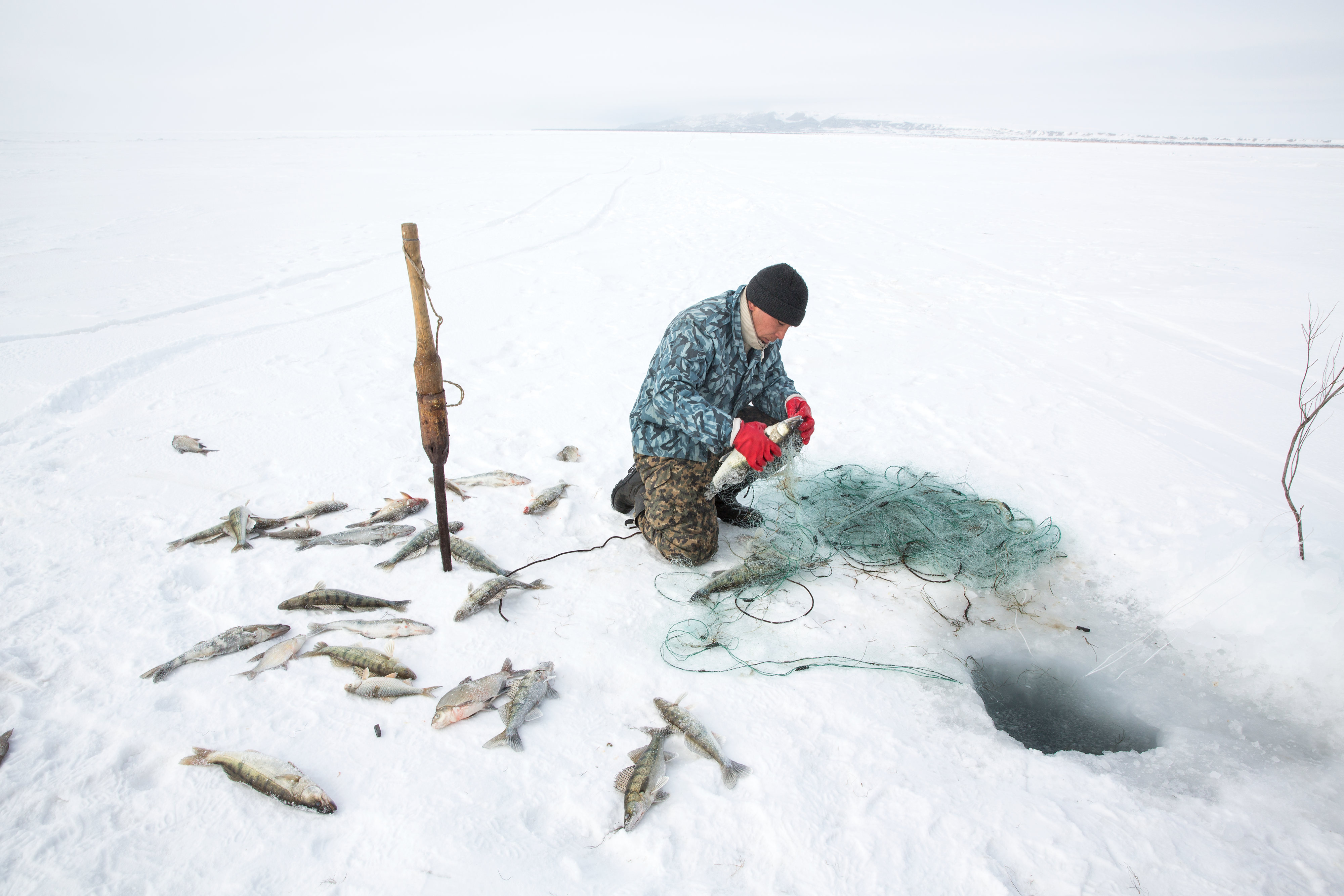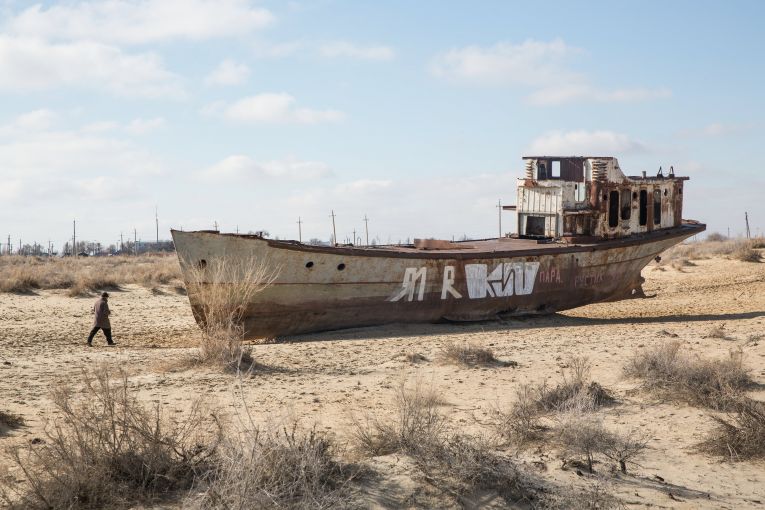
The Aral Sea, straddling Kazakhstan and Uzbekistan, was once the fourth largest lake in the world. But by the 1990s it was a shrunken ruin, thanks to Soviet policies that diverted water for agricultural purposes from the lake's two river sources. When fish stocks plummeted due to increased salinity, the surrounding fishing villages found themselves hungry and jobless; many residents left in search of better opportunities.
But a World Bank-financed dam project launched in 2005 brings hope to those still living along the northern Aral Sea in Kazakhstan. Within a year of the dam's completion, the surface area of the lake grew by a third, while water levels increased by almost 4 meters–surpassing even the most optimistic predictions.
So what happens to a community when a dying lake–once considered the planet's worst environmental disaster–suddenly returns? This feature, reported from the Aral, chronicles the evolving lives of the Kazakh people, assessing how government policies can reshape–for better or worse–the environment and the people dependent on it.









